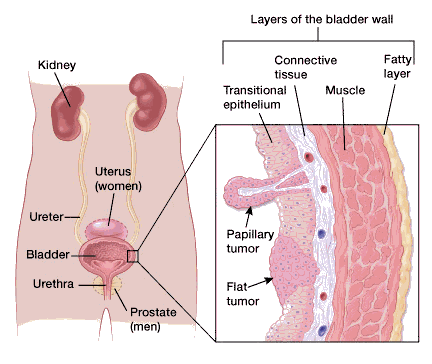The fairly high rate of progression to muscle-invasive disease 30 in patients with high-risk. The analysis included 73 patients with high-grade T1 bladder cancer on initial transurethral resection.

Krebs Klassifikationen Und Metastasen Nclex Review Cancer Nurses Nursing School Survival Oncology Nursing
If the cancer comes back 6 to 12 months after treatment it is called an early recurrence.

High grade bladder cancer recurrence. If the cancer comes back 12 months or more after treatment it is called a late recurrence. This is the term for cancer that has recurred which means that the bladder cancer cells have started to grow again after the bladder cancer has been treated. Recurrence of high-grade disease after achieving a disease-free state at 6 months after adequate BCG Intolerant.
High-grade bladder cancer commonly recurs in the bladder and has a strong tendency to invade the muscular wall of the bladder and spread to other parts of the body. Five of these 9 recurrences were high grade lesions 1 T1G3 4 CIS of which 4 were detected by positive cytology. However people who have been treated for bladder cancer sometimes develop recurrent bladder cancer.
The associations between clinicopathological factors and tumor recurrence as well as WP pattern were analyzed. High-grade bladder cancer is treated more aggressively than low-grade bladder cancer. Nearly three-fourths of patients diagnosed with high-risk bladder cancer will recur progress or die within 10 years of their diagnosis.
Persistent high-grade disease at 6 months despite adequate BCG treatment or any stage or grade progression by 3 months after the first cycle of BCG Recurrent. Bladder cancer cells can recur in the bladder or they can recur in other parts of the body. Nine recurrences that were missed at routine follow-up cystoscopy were detected by further investigations making the total number of bladder confined recurrent tumours 140 140446 314.
Sfakianos et al in The effect of restaging transurethral resection on recurrence and progression rates in patients with non-muscle invasive bladder cancer treated with intravesical Bacillus Calmette-Gurin grouped T1 Ta and Tcis patients with 1 turbt had recurrence rate of around 70 after 3 years and around 50 if they had a restaging turbt. Disease persistence as a result of inability to receive adequate. For example if you have early superficial bladder cancer but the cells are high grade youre more likely to need further treatment after surgery.
Most T1 bladder cancers are high grade and have the potential to progress to muscle invasion and extravesical dissemination. High grade means your cancer is more likely to grow spread and come back after treatment. Several series have demonstrated that tumor upstaging from NMIBC to muscle-invasive bladder cancer can be as high as 30 to 451-3 Upstaging remains a problem even in series in which patients have undergone endoscopic re-resection in an effort to avoid such under-staging4.
Low grade is the same as grade 1. It has been referred to as a nuisance disease because of its propensity for recurrence necessitating frequent cystoscopies and trips to the operating room for resection of recurrent disease. Find out more about treatments for early stage bladder cancer.
Even though most patients do not die of bladder cancer the vast majority endures the morbidity of recurrence and progression of their cancer. Here we examined the association of somatic mutation profiles with nonrecurrent disease GO good outcome recurrence R or progression PD in a cohort of HGT1 patients. We aimed to elucidate risk factors for intravesical recurrence of high-grade T1 bladder cancer in the second transurethral resection era.
According to John P. The high rate of recurrence 70 is the key clinical concern in low- and intermediate-risk disease. High-grade T1 HGT1 bladder cancer is the highest risk subtype of nonmuscle-invasive bladder cancer with unpredictable outcome and poorly understood risk factors.
Using multivariate analyses we evaluated the risk factors and therapeutic options affecting intravesical recurrence and stratified the patients according to the risk numbers. Many studies reported that 50 of patients displayed residual tumors when a second transurethral resection was performed 26 weeks after the initial resection for patients who were diagnosed with T1 bladder cancer. Superficial bladder cancer can be a frustrating disease for both the patient and physician.
We retrospectively evaluated Ta high-grade bladder cancer in patients who were newly diagnosed by transurethral resection from January 2007 through October 2018. We defined worsening progression WP as confirmed high grade Ta all T1 or Tisconcomitant CIS of bladder recurrence upper urinary tract recurrence UTR or progression to equal to or more than T2. If the cancer is high grade if many tumors are present or if the tumor is very large when its first found radical cystectomy may be recommended.
Treating stage II bladder cancer. This is to reduce the risk of your cancer coming back. Non-invasive and non-muscle-invasive recurrences are treated the same as early stage bladder cancer.
For people who arent healthy enough for a cystectomy radiation therapy often along with chemo might be an option but the chances for cure are not as good.

Staging Of Bladder Cancer Magers 2019 Histopathology Wiley Online Library
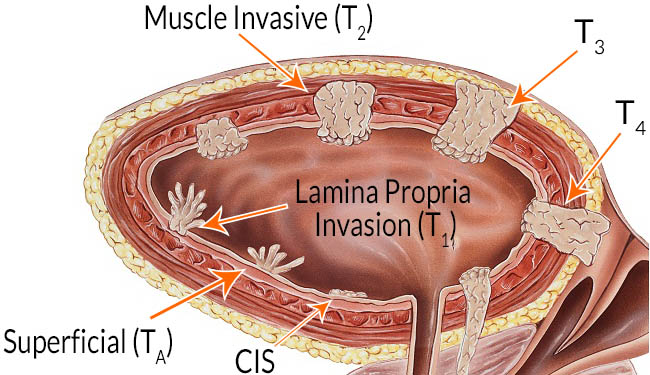
Bladder Cancer Overview Symptoms Diagnosis Treatment

Treatment Of Stage 0 I Superficial Bladder Cancer Cancerconnect

Gender Specific Differences In Recurrence Of Non Muscle Invasive Bladder Cancer A Systematic Review And Meta Analysis European Urology Focus
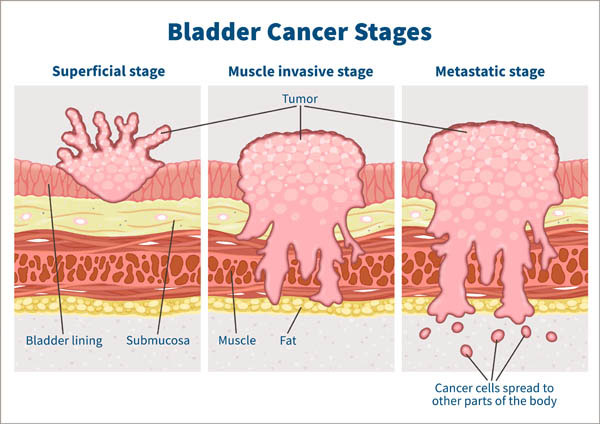
Bladder Cancer Survival The Importance Of Early Detection Cxbladder

Pin On Nuclear Medicine And Radiology Nucradshare Com

Pin On Addison S Rheumatoid Arthritis Hashimoto Endometriosis

Early Bladder Cancer Staging Cancer Research Uk

Aua 2020 Management Of Superficial Bladder Cancer
/non-muscle-invasive-bladder-cancer-48011762-7e11c055154d44d28b82bbf2f3000d4d.png)
Non Muscle Invasive Bladder Cancer Overview And More
:max_bytes(150000):strip_icc()/non-muscle-invasive-bladder-cancer-48011762-7e11c055154d44d28b82bbf2f3000d4d.png)
Non Muscle Invasive Bladder Cancer Overview And More

European Association Of Urology Eau Prognostic Factor Risk Groups For Non Muscle Invasive Bladder Cancer Nmibc Incorporating The Who 2004 2016 And Who 1973 Classification Systems For Grade An Update From The Eau Nmibc Guidelines

Click To Increase Decrease Image Size Study 10 Things Bullet Journal
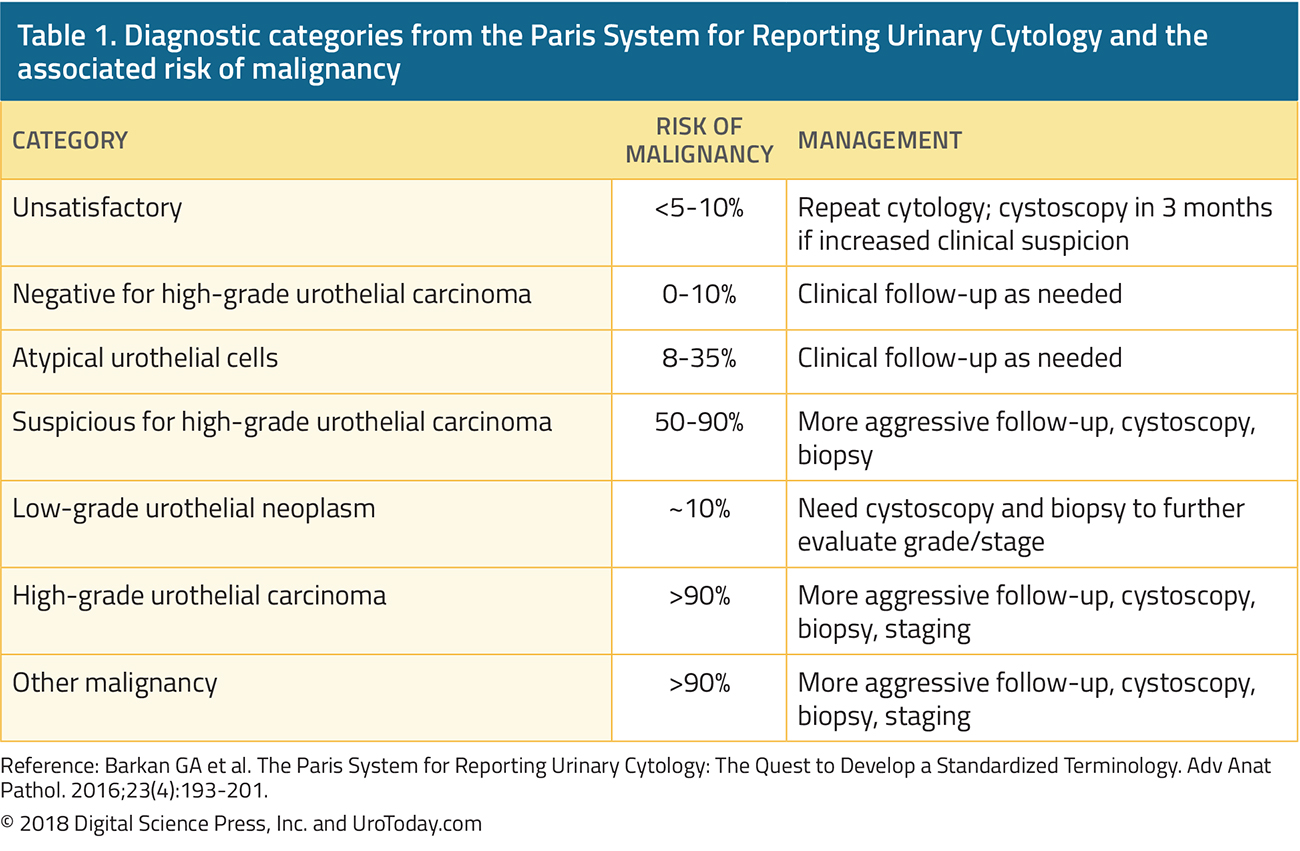
Diagnosis And Pathology Of Bladder Cancer
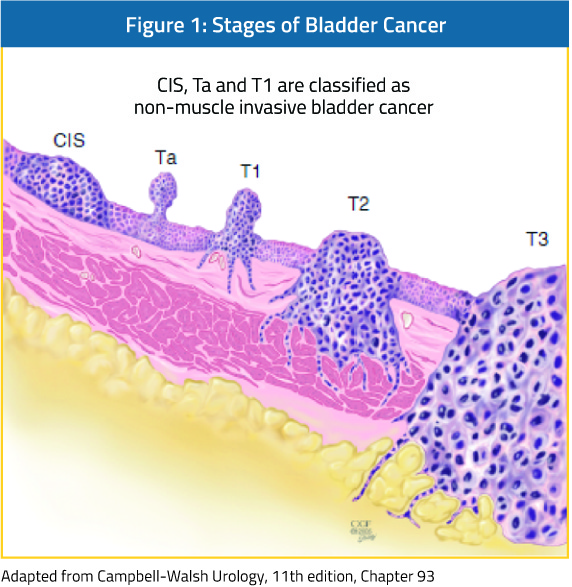
Management Of Non Muscle Invasive Bladder Cancer
Staging And Grading Of Bladder Cancer Macmillan Cancer Support
